Expansion of the Textile Industry
The Stain Resistant Coating Market is significantly influenced by the expansion of the textile industry, which is increasingly adopting advanced coating technologies. As fashion trends evolve and consumer preferences shift towards easy-care fabrics, the demand for stain-resistant textiles is surging. This is particularly relevant in sectors such as home furnishings and apparel, where consumers seek products that maintain their appearance over time. Recent statistics suggest that The Stain Resistant Coating Market is poised for substantial growth, with stain-resistant coatings being a key factor in enhancing product appeal. The integration of these coatings not only improves the aesthetic quality of textiles but also contributes to sustainability efforts by reducing the need for frequent washing and maintenance.
Rising Demand for Durable Surfaces
The Stain Resistant Coating Market is experiencing a notable increase in demand for durable surfaces across various sectors, including automotive, textiles, and construction. As consumers and businesses alike seek long-lasting solutions that can withstand wear and tear, the adoption of stain-resistant coatings is becoming more prevalent. This trend is particularly evident in the automotive sector, where manufacturers are incorporating these coatings to enhance the longevity of vehicle interiors. According to recent data, the market for automotive coatings is projected to grow significantly, with stain-resistant options playing a crucial role in this expansion. The emphasis on durability not only meets consumer expectations but also aligns with broader industry goals of reducing maintenance costs and extending product lifespans.
Growing Awareness of Hygiene and Cleanliness
In the context of the Stain Resistant Coating Market, there is an increasing awareness regarding hygiene and cleanliness, particularly in public spaces and residential areas. This heightened focus on sanitation has led to a surge in the demand for coatings that not only resist stains but also inhibit the growth of bacteria and other pathogens. Industries such as healthcare and hospitality are particularly influenced by this trend, as they prioritize environments that promote health and safety. Market data indicates that the demand for antimicrobial coatings is on the rise, with stain-resistant properties being a desirable feature. This shift towards hygiene-conscious products is likely to drive innovation and growth within the stain-resistant coating sector.
Technological Innovations in Coating Solutions
Technological innovations are playing a pivotal role in shaping the Stain Resistant Coating Market. Advances in nanotechnology and polymer science have led to the development of more effective and versatile stain-resistant coatings. These innovations enable manufacturers to create coatings that offer superior performance, including enhanced resistance to a wider range of stains and easier application processes. The introduction of eco-friendly formulations is also noteworthy, as consumers increasingly demand sustainable options. Market analysis indicates that the adoption of these advanced technologies is likely to drive growth in various applications, from automotive to consumer goods, as companies strive to meet evolving consumer expectations and regulatory standards.
Increased Investment in Research and Development
The Stain Resistant Coating Market is witnessing increased investment in research and development, which is crucial for fostering innovation and improving product offerings. Companies are allocating resources to explore new materials and formulations that enhance the performance of stain-resistant coatings. This focus on R&D is driven by the need to address specific consumer demands, such as improved durability and environmental sustainability. Market trends suggest that firms that prioritize R&D are better positioned to capture market share and respond to competitive pressures. As a result, the ongoing investment in developing advanced coating solutions is likely to propel the growth of the stain-resistant coating market, ensuring that it remains responsive to changing consumer preferences.


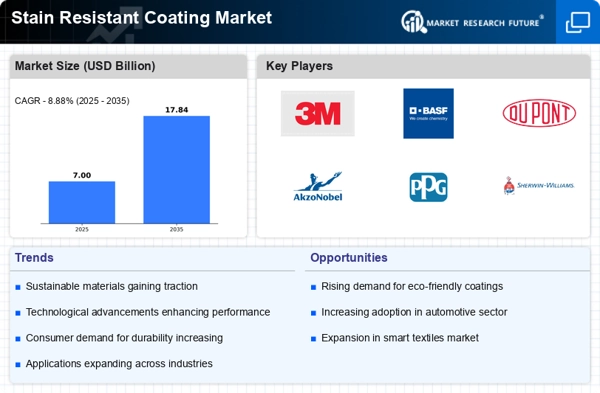
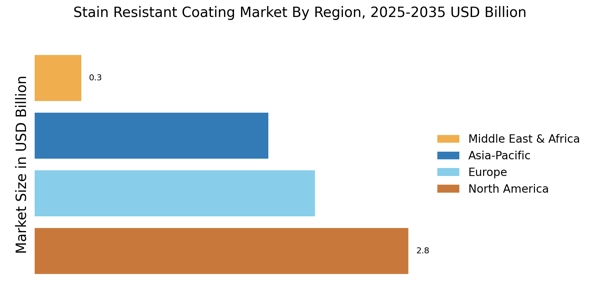

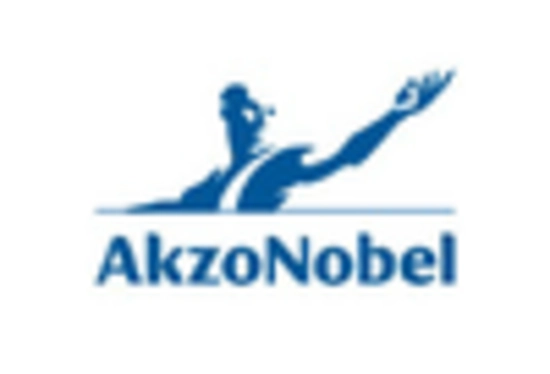


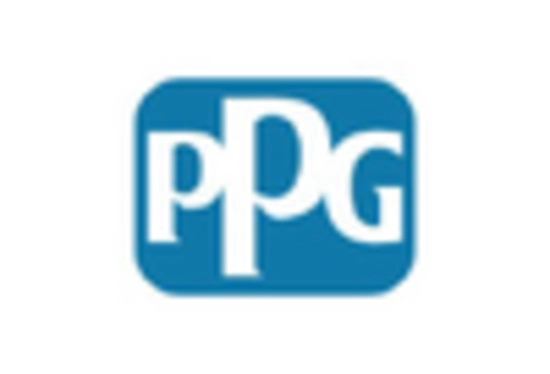
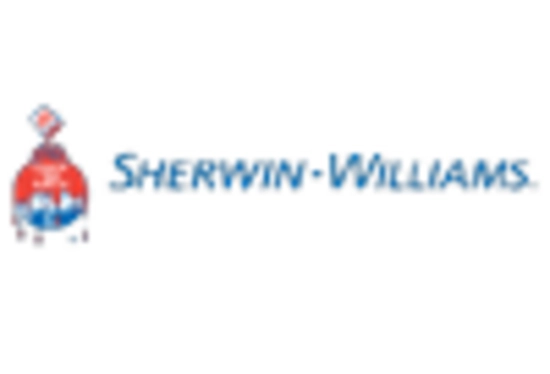








Leave a Comment